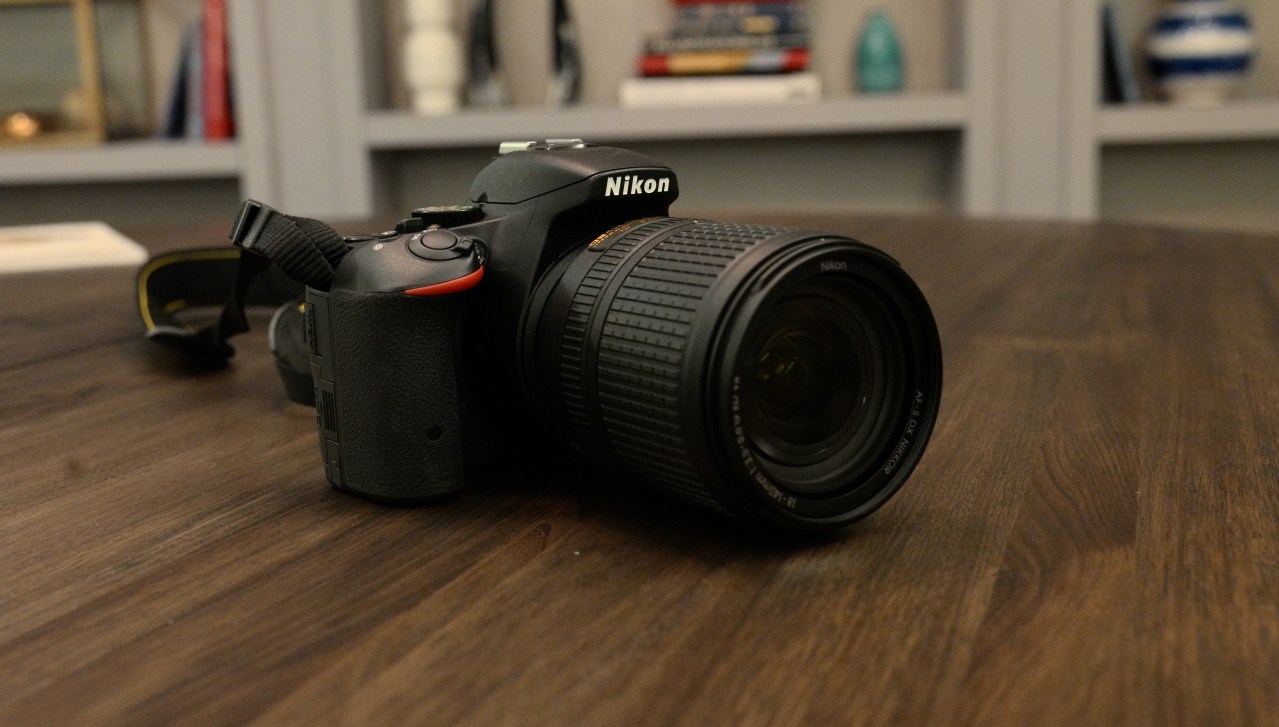
The term “entry-level” DSLR is often an oxymoron. DSLRs tend to be full of enough features to frighten off newbies and, depending on price, enough bells and whistles to keep you busy for weeks.
So is the new Nikon D5500 entry-level? After a few glances and general fooling around, I quickly realized the Nikon D5500 has many of the specs found in a better class of camera.
Price as reviewed: $1,049 with 140mm kit lens, at Nikon USA
After all, this is a DSLR originally released back in 2015, but image quality only gets marginally better year to year — it’s more about focus speeds, lens selections and color compositions that determine what’s worth your assortment of Benjamins.
Speaking of which, it’s time to figure out what this camera really is: it’s specifications time.
Basics
- 24.2 megapixel APS-C sensor
- 39 autofocus points
- ISO 100-25,600/5 fps shooting
- 1/4,000 to 30 seconds shutter in 1/3 or 1/2 stops, bulb
- 1080p HD video shooting at 60 fps
- 3.2″ 1,036,800 dot screen with 170º viewing
- Built-in flash
- WiFi/remote control app access
- 95 percent coverage single-reflex viewfinder
Design
The Nikon D5500 is built using the run-of-the-mill DSLR reinforced (carbon fiber) plastic and leather-esque accents seen on nearly all of their D-series cameras. After being exposed to this sort of aesthetic for years, it eventually becomes lackluster, but that is not to say that the D5500 is an entirely unattractive camera.
Smooth corners and red rubber accent near the camera grip is an icon of Nikon DSLRs in recent years. The beefy figure and assortment of buttons might even intimidate amateur or new photographers.
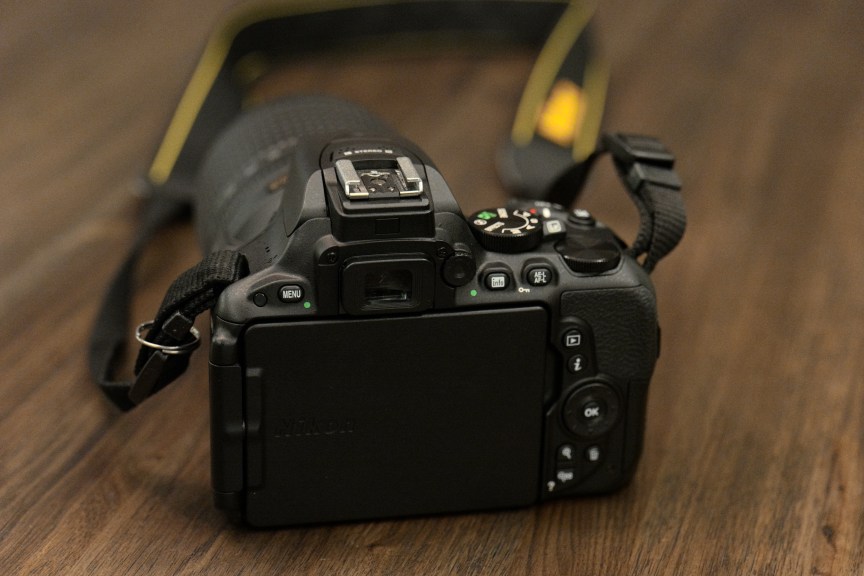 For example, you have your run-of-the-mill playback, directional, exposure, view mode, menu, focus lock, exposure and delete buttons, but Nikon also has an info button, i button, individual zoom-in/zoom-out buttons, drive mode, function and flash buttons — and that’s all excluding the two extra switches on the 18-140mm VR lens: vibration reduction on/off, or manual/autofocus.
For example, you have your run-of-the-mill playback, directional, exposure, view mode, menu, focus lock, exposure and delete buttons, but Nikon also has an info button, i button, individual zoom-in/zoom-out buttons, drive mode, function and flash buttons — and that’s all excluding the two extra switches on the 18-140mm VR lens: vibration reduction on/off, or manual/autofocus.
There is a lot going on here, evidently.
But this isn’t a pro-level camera, either. For someone unfamiliar with some more advanced camera functions, the D5500 could appear as if it’s a terminal designed to control a reusable rocket, but that just isn’t the case. What this actually means is that Nikon has crammed way too many buttons onto the D5500, in too many places. I’ve used pro-DSLRs that have a similar number (or fewer) of physical inputs, but they were grouped in areas that made them easily accessible when shooting with the camera to your face.Aesthetically, the D5500 is definitely more serious than your smartphone camera or the silly point-and-shoot camera you used to whip out at family gatherings — this is a camera system, buddy.
The D5500’s button layout makes it seem as if I must learn that the most indiscriminate movement of my fingers will trigger some sort of function — and that might not always be beneficial to my shot.
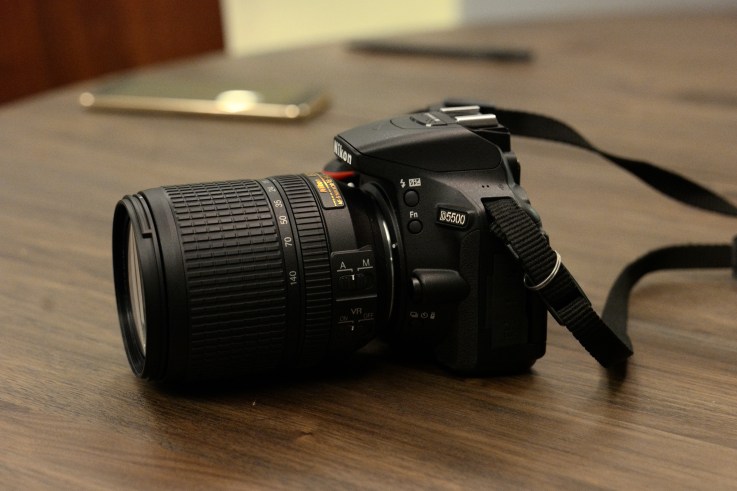
So, it turns out Nikon’s offering is decidedly entry-level DSLR, with some exception to the number of megapixels at the photographer’s disposal. That being said, there’s nothing inherently wrong with owning an entry-level DSLR in a sea of highly capable mirrorless cameras. However, purists might say otherwise, and a first-time “serious camera” owner might not even care.
In the end, using the D5500 is both a task and artistic expression, which I’ll get right to.
Experience
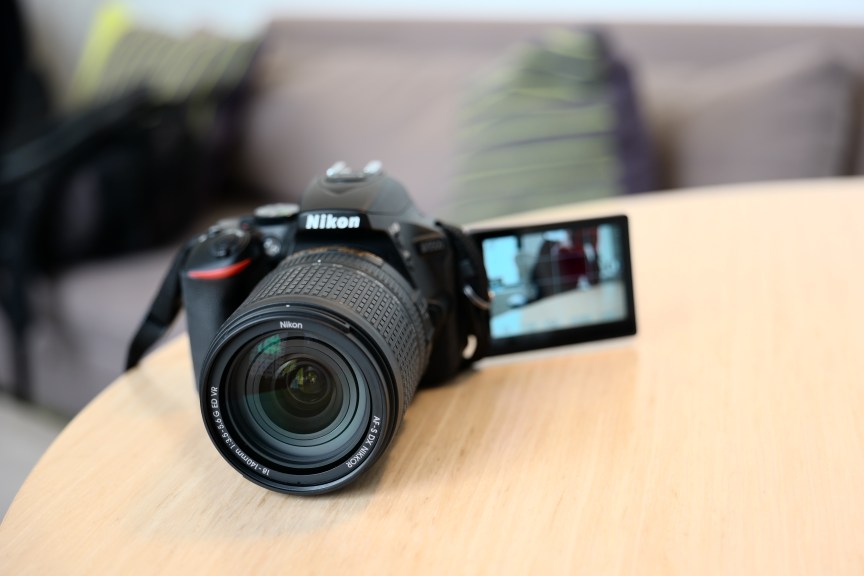
Sometimes you want to be excited by using a camera to capture the moment. The D5500 crops that experience, slightly.
When describing the usage experience of a camera, sometimes I like to use scenarios. They paint an image of the camera’s capabilities in the setting, but also truly tell me whether or not I like using the camera (subjective) and if it delivers crisp images under specific device and environmental settings (objective).
So, I took the D5500 downstairs, down the block and into the street near my dorm at Claremont Avenue, near Riverside Park. Thankfully, a cycling race had closed down a few sunny blocks, and the riders made passes every few minutes or so. Perfect action-shooting conditions.
The second scenario was all about shooting a subject. So, I took a subject, made him my model and shot photos of him on an overcast day. Simple enough, no?
The third, and final scenario that I’m illustrating in the example gallery here features some basic urban shots, just to give a taste of what it’s like to whip out the D5500, taking pictures of things seen.
Generally, the D5500 did a fine job of staying in focus (39-point AF!), with not too much grain or overcompensation — but that was only because of my use of custom shooting inputs (exposure control, use of scene modes or other things). Meaning that it’s not bad to leave this DSLR in “auto” mode; you won’t be getting the most out of it if you do, but that goes for any DSLR camera, really.
Also, you must realize the limitations of a cropped sensor (APS-C) versus that of a full-frame (usually slightly more expensive), and that while you’re giving up coverage area, you might also be giving up on skill building. And that’s more akin to your taste in photography.
Photo examples
A few moments captured by the D5500 below. They illustrate a few of the photo characteristics it has.
What about the 1080p HD video, you ask? Well, the D5500 isn’t going to make you the next Casey Neistat, though you can definitely get a decent shot in a pinch. However, the stereo mic won’t cut it for wind noise (a given, really) and the focus is not as quick to the task, either.
Bottom line
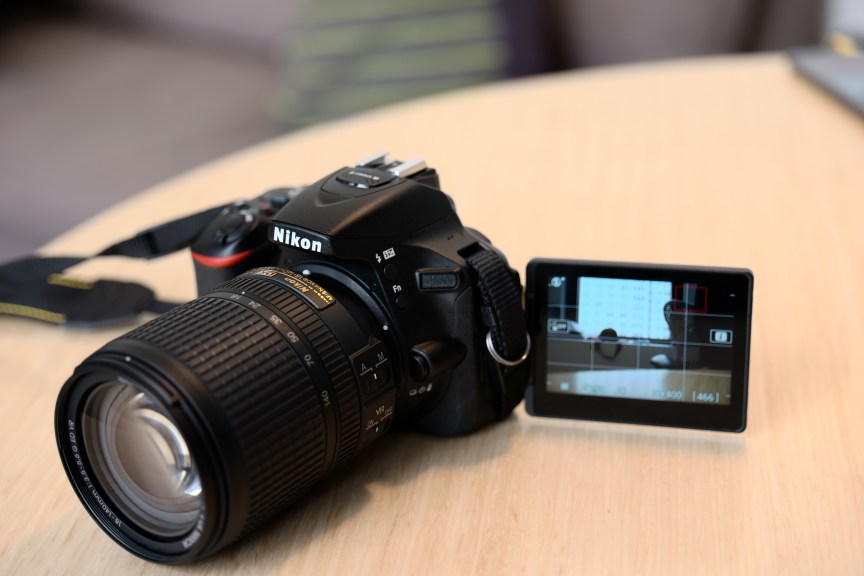
For the most part, I was alright with fooling around on the Nikon D5500, as it’s a camera that is chock-full of decent specs — and shoots fair.
It is worth noting, though, that the mobile app is a bit plain and there are myriad buttons (in too many separate places). You need to learn about ISO, shutter speed, aperture, exposure and all the other things that making shooting with a DSLR (or a mirrorless camera) that much more difficult, but also more rewarding.
Basically, the auto mode renders crisp and clear, but not engaging or otherwise interesting photographs.
As for recommending the D5500? I can, on the grounds that you’re willing to know how to use all the buttons. However, if you are in the market for a camera that costs more than $1,000 and want something compelling — hardware that enamored you, even if you have no shooting experience — the D5500 might make you kvetch.

Comments
Post a Comment